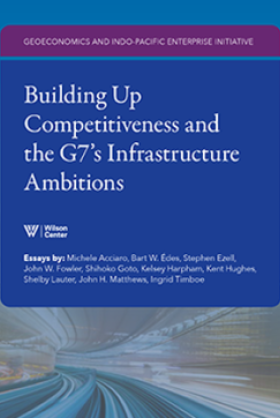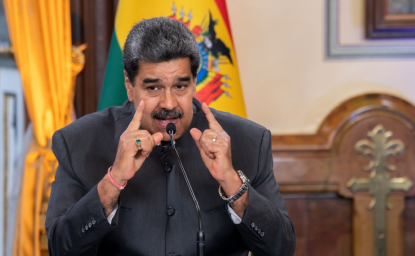Building Up Competitiveness and the G7’s Infrastructure Ambitions

Following their summit meeting in June 2022, the G7 leaders agreed to invest $600 billion in infrastructure projects around the world over the next five years. The move has been widely seen as a response to counter China’s Belt and Initiative, but coordinated efforts by the world’s wealthy democracies to invest in much-needed infrastructure worldwide is also an opportunity to focus on shared economic interests by the G7. By prioritizing investments in communication technology, clean energy, healthcare, and gender equality, the G7 are also framing new ways to align their domestic concerns into development assistance. At the same time, the definition and approach to infrastructure development is being reshaped. Through its collection of essays, Building Up Competitiveness and the G7’s Infrastructure Ambitions, Wilson Center’s Geoeconomics and Indo-Pacific Enterprise Initiative explores how the G7 can invest in infrastructure more effectively whilst confronting the challenges posed by China’s BRI to the regional order of the Indo-Pacific.
Essays Include:
Aligning the G7's Strategic Interests and the Indo-Pacific's Infrastructure Needs
by Shihoko Goto and Kent Hughes
The G7's Way Forward For Semiconductor Infrastructure Development in the Indo-Pacific
by Shelby Lauter and Stephen Ezell
The Challenge to Cultivate Global Semiconductor Talent
by John W. Fowler
Water as a Resilience Multiplier for an Inclusive Indo-Pacific
by John H. Matthews, Ingrid Timboe, and Kelsey Harpham
The G7 Challenge in Facing China's Infrastructure Ambitions
by Michele Acciaro
International Financial Institutions Key to Meet the Infrastructure Financing Gap
by Bart W. Edes
Explore More
Browse Insights & Analysis
360° View of How Southeast Asia Can Attract More FDI in Chips and AI


